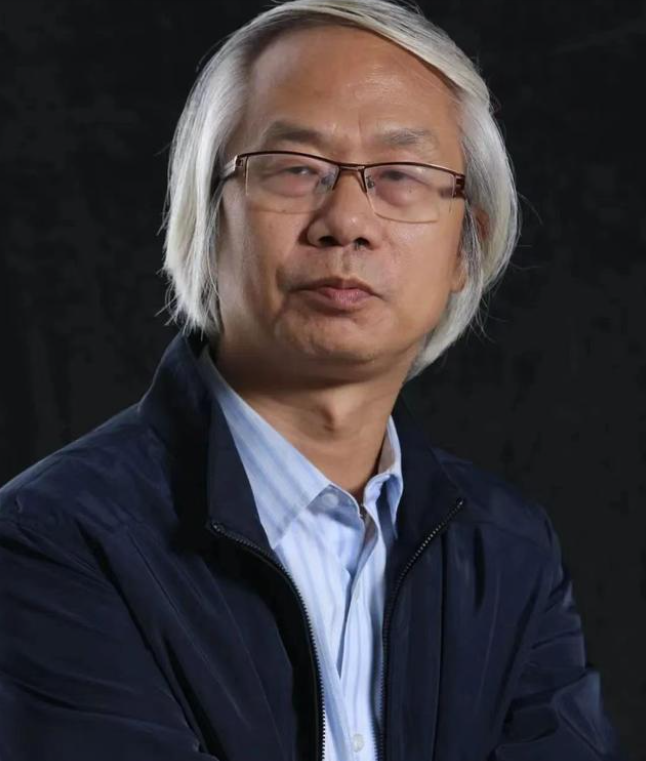Wuchang City is 1,800 "years old" next year, and there have been more than 260 years in the city in the city
Author:Changjiang Daily Time:2022.07.19
The Yangtze River Daily Da Wuhan Client July 19 (Reporter Wan Jianhui Correspondent Wang Li) "How old is there in Wuchang City? From 223 AD, Sun Quan named Xiakou City in Snake Mountain. ","

Literary and historical expert Liu Qianding gave a lecture on the theme of "Talking about the ancient city wall of Wuchang" in the Wuchang Lecture Hall. Photo Conferry of Wuchang District Library
On the morning of July 19, the Wuchang Lecture Hall opened again in Wuchang City Study House 39 Cultural Library. The Wuchang Lecture Hall is hosted by the Propaganda Department of the Wuchang District Committee of the Communist Party of China, the Wuchang District Culture and Tourism Bureau, and hosted by the Library of Wuchang District. More than 40 cultural enthusiasts came to the scene and listened to Liu Qianding, an expert in Wuhan literary and historical experts with tens of thousands of online audiences.
The lecture was titled "Talking about the ancient city wall of Wuchang", telling the change of Wuchang City in 1800. The history of the ancient city of Wuchang along the revolution and the city walls were abolished, and it was talked about from the mouth of the "Wuhan Tong". As a folk civilian protection person, Liu Qianding has written the "Memorandum of Delocation of Urban Buildings in Wuhan" and was awarded the second outstanding figure of the second Chinese cultural heritage protection.
Liu Qianding introduced in the lecture that Wuchang has changed the names of Xiakou City, Puzhou City, and Ezhou City in history. During the Tang and Song dynasties, it was called Ezhou in the Tang and Song dynasties. On October 10, 1911, the Wuchang Uprising of the 1911 Revolution broke out here, thus overturning the emperor's system and pioneering the republic.
He revealed that the construction of Metro No. 5 was originally called "Hua Hualin Station" at the Hualin Station. Therefore, it is where Wu Shengmen, Xichengmen Gate of Wuchang Ancient City. Under the proposal of experts, it was changed to the current station name "Yantong Wushengmen Station".

Hualin Historical Building. Reporter Li Yonggang Photo
At that time, Sun Quan built Xiakoucheng, at that time, it was only a military castle, which was not large. Wuchang Ancient City began in the Tang Dynasty with masonry. In the four years of Hongwu in the Ming Dynasty, it was expanded again after the expansion. It was demolished around the 190s. In this Ming Dynasty, the city of Wuchang City was on the moment, and the topographic gear was used reasonably. There were nine gates in the southeast and northwest. , Bao'anmen, Zhonghe Gate (later renamed the Uprising Gate), there are Hanyangmen, Pinghumen, Wenchangmen gate in Linjiang in the west, and Wusheng Gate in the north.
In October 1926, after the Northern Expeditionary Army conquered Wuchang City, Wuchang City was demolished from 1927 to 1928. Except for the reconstruction of the nine city gates, the remaining eight cities now only retain the place names without seeing the city without seeing the city without seeing the city without seeing the city without seeing the city without seeing the city. Door.
"Maybe there are still many Wuhan people who don't know. Like the Forbidden City of Beijing, there was also a city city in Wuchang, Chu Wangfu." Liu Qianding introduced that in the early Ming Dynasty, Zhu Yuanzhang named the sixth son Zhu Xi as the King of Chu, Wuchang. In the southern foot of the Swom Mountain in the central part of Wuchang City, the original axis of the ancient city of Wuchang, the south to Daichao Street (now Fuxing Road), the west to Houchang Street, and the west of the west (now Sports Street), a Chu Wangfu was built. This is the home of the Ming Dynasty in the Wuchang city of the Ming Dynasty, and today's Xialongquan Mountain is his cemetery.
Historical records, Chu Wangfu's "Two feet high in the city, the surrounding tower, and the eight hundred of the palace palace houses." In the long years of more than 260 years, Chu Wangfu has been in the eight generations and nine kings from Zhu Xi, and has almost the beginning and end of the history of the Ming Dynasty. In 1643, Zhang Xianzhong captured Wuchang and put the last Chu King Zhu Huakui into the bamboo basket sinking water. Subsequently, King Chu's palace was burned. Nowadays, although Chu Wangfu has no longer existed, the ruins of the ruins were left to this day with Wangfukou, Zhongying Street, Jiulongjing, dressing table, Houzaimen and other places.
At the event site, Ye Xianpei, a member of the 18th Reading Group of the CPPCC, and Tian Yan, member of the 19th Reading Group, asked questions to interact with Teacher Liu to explore the culture and history of Lao Wuchang.
Over the years, as a folk civil and conservative, Liu Qianding explained the history of Wuhan through media interviews, lectures, books and other forms and defended the buried history. He said: "I only want to protect the cultural heritage in order The descendants of the descendants are some memories. Paying attention to historical culture and protecting cultural heritage is also public welfare. Economy and culture truly achieved together, so that urban development will be better and more distinctive, and our people will benefit from it. "
【Edit: Wang Yujin】
For more exciting content, please download the "Da Wuhan" client in the major application markets.
- END -
The best mode of getting along with a home: gratitude, saying comfortably, doing physical stickers

A happy home requires every member,Breeding with love as the material.Author: LEYL...
Liu Yantao ||

The picture shows Mr. Liu YantaoWhen entering the creative state, you must give th...